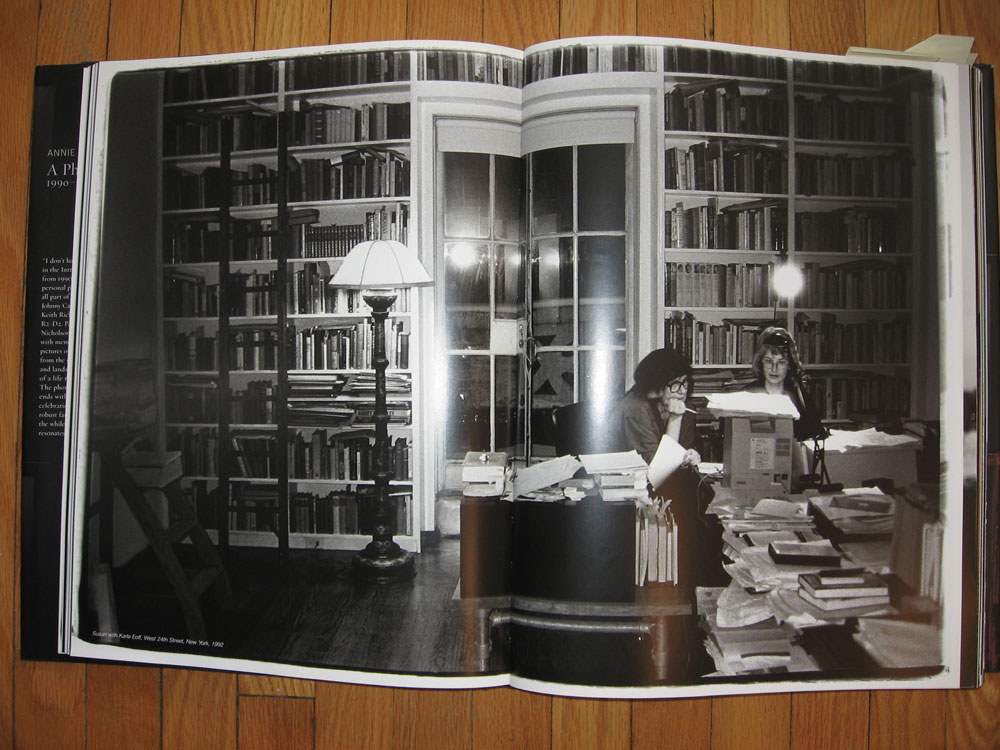
Last week I read Ann Cvetkovich’s new book Depression: A Public Feeling (2012), half of which is a memoir of the two years during which she finished her dissertation and started her first job. I loved it for many reasons, some of which are intellectual engagements. But I think what will stick with me most from this book are the parts about swimming.
Cvetkovich writes about swimming as a “utopia of everyday habit”: a repetitive, physically engaged practice through which we build new worlds that show us ways out of political depression, via ordinary, everyday routines. The full text of Cvetokovich’s mini-essay on swimming is here (PDF).
Swimming is something I’ve always loved and have always done, but swimming lengths became a regular practice a few years ago when I was getting over a running injury. I think a lot about why I swim, and, unlike the other activities I do, it has very little to do with “getting exercise.”
For me, the pleasure in swimming comes from having to move in and out of the world. Underwater there is a singularity and a solitude that is utterly unlike the aloneness I experience at my desk, facing a word document like this one. I’m so physically engaged in moving through the water well, and with rhythm, that I let my mind wander. The nagging voices of imposter syndrome, an overdue article, a stack of marking, or a proposal I’m nervous about are quieted by the ways in which my body has to be completely engaged. And then I come up for air, in the world and aware of others in the pool for just long enough before I’m back with the quiet. In this way, swimming is a repetitive break with the pressures of capital and the thousand tiny anxieties that can make this kind of job hard to bear.
This oscillation is one of the meditative aspects of swimming that Cvetkovich expresses so well:
“Swimming is just an extension of breathing. I can keep moving without really thinking about it or exerting a lot of effort. Moving lets me off the hook a little bit. I can space out and let my mind continue with its obsessions because my body is carrying on, and carrying on without me. Exercise becomes an opportunity for sanctioned dissociation, and swimming is such a graceful way of moving that it seems okay to let my brain do whatever it wants. I’m sealed off from the rest of the world in the womb-like space of the pool.”
My friend cheyanne, who I’ve had the joy of swimming with in lakes, pools, and quarries, has written of swimming in a similar way. Hers is also a love story, charming because it’s so simple—sort of like swimming:
“I once fell in love with a person from Hawaii, a child born into water and who, to this day, is happiest there. In an attempt to conjure their love for me, I taught myself to swim, experimenting with how to orchestrate my breath and my body in tandem. It has been a while now since then, and I am still in love, and these days we swim together. Something beautiful happens in the space between taking breath in and bubbling it out underwater. It’s simple and yet it requires all my attention. In that precise focus, my mind is still. This is how I keep my head and heart well.”



